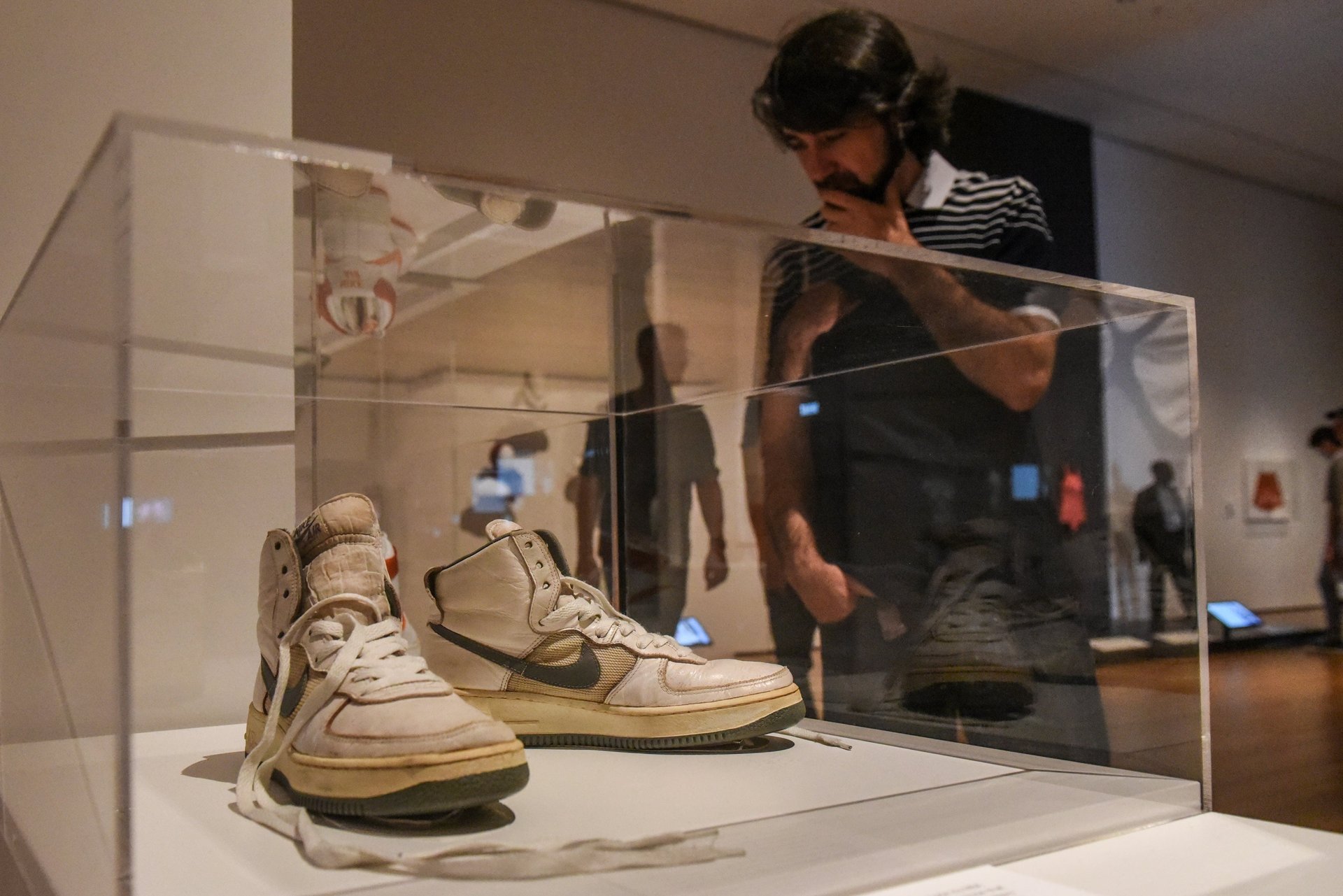As customers turn away from leather shoes, the beef industry is left with a glut of hides
Shoes and hamburgers have sort of a symbiotic relationship.


Shoes and hamburgers have sort of a symbiotic relationship.
The leather industry buys up many of the hides left over as a byproduct from the process that turns cattle into the various cuts of beef that wind up in restaurants and grocery stores. That leather is used for all sorts of items, but the footwear industry is its biggest buyer, according to Bloomberg, accounting for 55% of demand. It’s a good relationship, ensuring that little goes to waste.
It’s getting thrown out of balance, though, as the world’s people—and Americans in particular—eat more US beef but are losing their desire for leather shoes. The consequence, Bloomberg reports, is a surplus of steer hides and falling prices as supply grows out of scale with demand.
The demand for leather hasn’t quite rebounded since droughts in the US around 2014 hit the industry. The droughts shrank herds, yielding fewer hides and causing prices to spike. A number of manufacturers turned to other materials, but even after prices leveled out, they haven’t gone back.
In the last year they’ve started sharply falling again. Bloomberg points to more ethically conscious shoppers choosing leather alternatives as a contributing factor. Fake leather has advanced enough that even luxury designers now use it, and many shoppers want to show off their socially conscious lifestyles with what they buy.
But where footwear is concerned, the main culprit is probably the ongoing rise of sneakers. More than ever, shoppers are turning to athletic shoes from brands such as Nike, Adidas, and others as their everyday footwear. They’re buying them for their comfort and versatility, at the same time that dress codes keep loosening up, making sneakers an acceptable choice for all but the most formal occasions. Sneakers are now typically welcome at the office and sometimes even at wedding receptions. Add in the sneaker’s booming cultural clout as it grows as a status symbol for men and women alike, and it’s easy to see why the shoes are cannibalizing sales of other types of footwear, like high heels (paywall) and dress shoes, which are often made of leather,
If you take a quick scan of the walls at any sneaker shop today and you’ll see mostly non-leather materials. There are knit polyester uppers everywhere, all sorts of rubber and foam soles, and other things you may not quite be able to identify. The styrofoam-looking soles on Adidas’ Boost sneakers, for instance, are made of fused pellets of thermoplastic polyurethane, engineered by chemical company BASF.
For years sneaker makers have been turning more to these materials (paywall) for their performance benefits. It’s unlikely they’ll go back to the hot, heavy leather designs of years ago, which means the US beef industry may need to find some new buyers for their leftover hides.